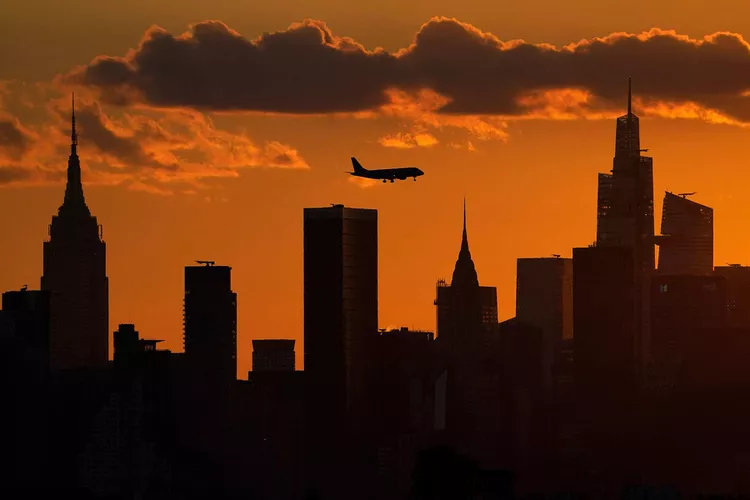Red-Eye Flight Survival Guide
Love them or hate them, red-eye flights are a reality for many travelers flying long distances. These flights depart at night and arrive in the morning, and they’re named for the groggy look most passengers exhibit upon deplaning. Most red-eye flights occur when traveling east, such as from Los Angeles to New York or New York to London. However, they can also take place when flying north or south over vast distances, like between North and South America or Europe and Africa.
The primary advantage of a red-eye flight is that it maximizes your time at home and at your destination. Traveling through the night means you’re not wasting a day, which can save you the cost of an extra night in a hotel. Additionally, red-eyes are typically cheaper than daytime flights, allowing travelers to save money. Consequently, for some routes, passengers might have no alternative but to choose a red-eye flight.
Adjust to your destination’s time zone before your trip.
As many red-eye flights go to different time zones, adjusting your sleep schedule can help combat jet lag. “If you’re traveling somewhere for more than a few days, try adjusting your sleep and wake times a week or two before you leave,” suggests Dr. Shelby Harris, director of sleep health at Sleepopolis. Doing this can truly assist in realigning your circadian rhythm to the new time zone.
The time difference will also dictate whether you should sleep on a red-eye flight. If you manage to adjust your schedule sufficiently before your trip, your red-eye might turn into a day flight. Nevertheless, it may not be easy to modify your sleep habits significantly, particularly due to work or school commitments. Even slight adjustments can make a difference.
Choose the red-eye flight that suits your sleep habits.
Many red-eye routes offer multiple flights per day. If you’re able to, align your flight time with your personal sleep patterns. For instance, if you prefer to sleep earlier, consider taking the 9 p.m. flight from New York to London instead of the midnight flight. Alternatively, if you plan to stay awake, a 6 p.m. departure landing just past midnight can allow for a comfortable sleep once you check into your hotel upon arrival.
Select the optimal seat.
Generally, window seats are ideal for sleeping on red-eye flights, as they minimize disruptions. Passengers in aisles must manage getting up for others, increasing the chance of disturbances. A potential downside of a window seat is needing to ask seatmates to get up for the lavatory. Pro tip: Extra-legroom exit row seats near the lavatory might not be great for sleep, as they experience higher foot traffic.
Pack sleep-enhancing gear.
:max_bytes(150000):strip_icc():format(webp)/red-eye-gear-to-sleep_REDEYE0123-624e323d4c5449f0a414aa888533f1c4.jpg)
If you anticipate sleeping during your red-eye, pack essentials like a sleep mask to block light, noise-canceling headphones or earplugs to reduce disruptive sounds, and a travel pillow for added comfort. Additionally, consider bringing a blanket or a thick sweater to stay warm in potentially chilly cabins.
Skip meal service on short flights.
To maximize sleep on shorter red-eyes, consider foregoing meal service. You can eat either at the airport prior to departure or once you arrive at your destination. Some travelers go so far as to attach a note requesting not to be disturbed during meal service.
Avoid alcohol.
:max_bytes(150000):strip_icc():format(webp)/cocktail-red-eye-flight_REDEYE0123-1613503b046b422b90d8b91488f4f10c.jpg)
While some travelers might believe that a drink or two can facilitate falling asleep, alcohol can frequently lead to poor-quality sleep. Furthermore, airplane cabins tend to have low humidity, which means you could feel dehydrated during the flight, and alcohol may worsen this issue.
Freshen up upon arrival.
After a red-eye flight, take a moment to freshen up to feel ready for the day ahead, despite the potential fatigue from a disrupted sleep schedule. A toothbrush, toothpaste, and face wash can help recreate a morning routine. If you prefer not to occupy a lot of time in the lavatory, consider doing this in an airport bathroom after landing.




